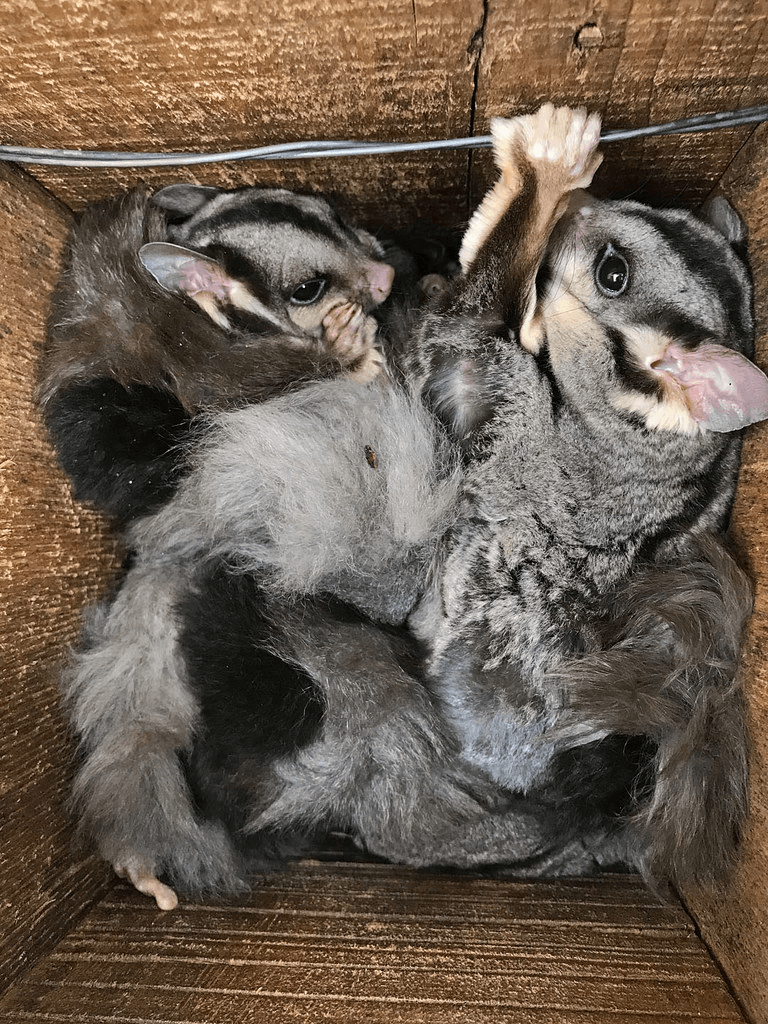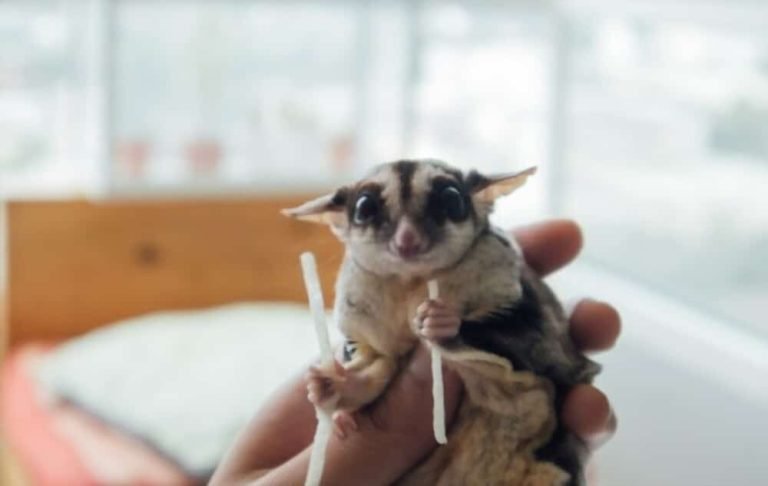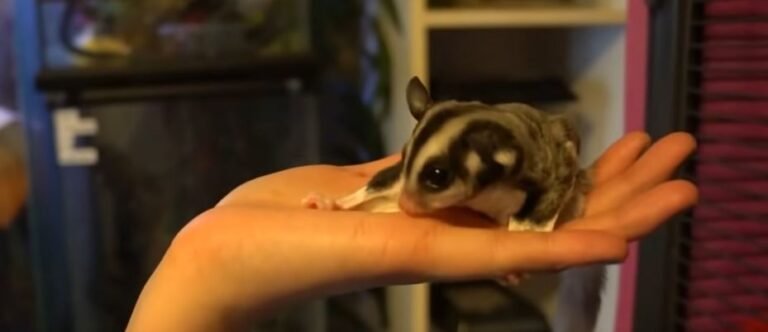How To Calm A Sugar Glider
How to Calm a Sugar Glider: A Complete Guide
Have you ever wondered how to calm a sugar glider? These adorable, tiny marsupials can be a bit jumpy and skittish at times, but with the right approach and some patience, you can help them relax and feel safe in their environment. In this article, we will explore various techniques and tips on how to calm a sugar glider, ensuring a harmonious bond between you and your furry friend.
Understanding Sugar Gliders
Before diving into the techniques, it’s important to have a basic understanding of sugar glider behavior and biology. Sugar gliders are nocturnal animals that naturally live in tree canopies in the wild. They are highly social creatures, forming close bonds within their colonies and relying on each other for safety and companionship.
In captivity, sugar gliders need plenty of mental and physical stimulation to thrive. They are intelligent animals with a natural curiosity, so maintaining a stimulating environment is crucial. Now that we have a better understanding of these unique creatures, let’s move on to the techniques to help calm them.
Creating a Safe and Secure Environment
One of the first steps in calming a sugar glider is to create a safe and secure environment for them. Sugar gliders are prey animals, which means they are always on high alert for potential threats. By providing them with a safe enclosure, you can help alleviate their anxiety.
Here are some tips for creating a safe and secure environment:
1. Choose an appropriate cage: Sugar gliders need a spacious cage with plenty of room to climb and glide. Make sure the cage has narrow bar spacing to prevent them from escaping. Include branches, ropes, and toys to simulate their natural habitat.
2. Provide hiding spots: Sugar gliders feel more secure when they have places to hide. Add cozy pouches or nesting boxes to the cage where they can retreat and feel safe.
3. Minimize noise and disturbances: Sugar gliders are sensitive to loud noises and sudden movements. Keep their cage in a quiet area of your home away from high traffic and noise.

Bonding Through Scent
Sugar gliders have a strong sense of smell, and they use scent marking to communicate with each other. By bonding with your sugar glider through scent, you can help them feel more comfortable around you.
Here’s how to bond through scent:
1. Wear a bonding pouch: To familiarize your sugar glider with your scent, wear a pouch inside your shirt for a few hours each day. The pouch will absorb your scent, and when you place your sugar glider inside, they will associate your smell with safety and comfort.
2. Swap bedding items: Exchange bedding materials between your sugar glider’s pouch or nest box and your own bed or clothing. This will help blend their scent with yours and promote bonding.
Building Trust and Establishing Routine
Building trust is essential in calming a sugar glider. Sugar gliders are naturally curious and intelligent animals, and they respond well to positive reinforcement and routine.
Follow these steps to build trust and establish a routine:
1. Offer treats by hand: Start by offering treats like fruits or mealworms from your hand. This helps your sugar glider associate your presence with positive experiences and rewards.
2. Spend time near the cage: Sit near your sugar glider’s cage for short periods each day, talking softly and being present. Over time, they will become accustomed to your presence and see you as a source of comfort.
3. Establish a routine: Sugar gliders thrive on routine. Stick to a consistent schedule for feeding, playtime, and social interaction. This will help them feel secure and reduce anxiety.
Gentle Handling and Socialization
Once your sugar glider starts to trust you and feels more comfortable in its environment, you can begin gentle handling and socialization. This step requires patience and gradual progression.
Follow these guidelines for gentle handling:
1. Start with short sessions: Begin with short handling sessions of just a few minutes. Gently scoop your sugar glider up in your cupped hands, supporting their body and allowing them to feel secure.
2. Offer treats during handling: To make handling a positive experience, offer treats while gently holding your sugar glider. This will further reinforce a positive association with your touch.
3. Gradually increase the duration: Slowly increase the duration of handling sessions over time. Watch your sugar glider’s body language and be attentive to signs of stress or discomfort.
Frequently Asked Questions
1: How long does it take for a sugar glider to bond with its owner?
Building a bond with a sugar glider can take time and varies from glider to glider. It may take a few weeks or even several months for a sugar glider to fully trust and bond with its owner.
2: Can sugar gliders be trained?
Yes, sugar gliders can be trained. They are highly intelligent animals and can learn tricks and commands through positive reinforcement training.
3: What should I do if my sugar glider bites me?
If your sugar glider bites you, try not to react impulsively. Remain calm and slowly and gently remove your hand. Biting can be a defensive reaction, so it’s important to analyze the situation and determine the cause of the bite.
Final Thoughts
Caring for sugar gliders can be a rewarding experience. By understanding their behavior, providing a safe and secure environment, bonding through scent, building trust, and practicing gentle handling, you can help calm and establish a strong bond with your sugar glider. Remember, patience and consistency are key when working with these unique and fascinating creatures. So take your time, enjoy the journey, and watch your relationship with your sugar glider flourish.







